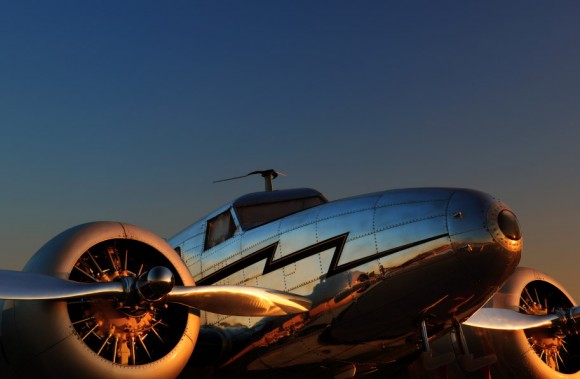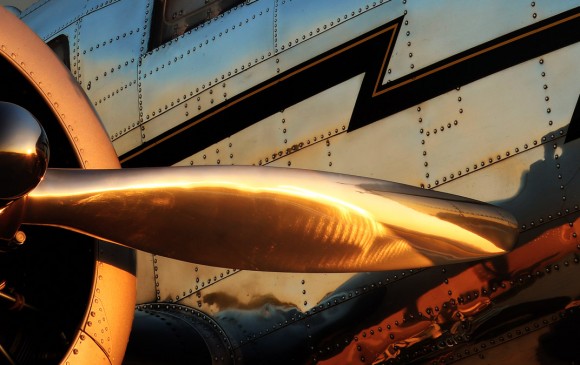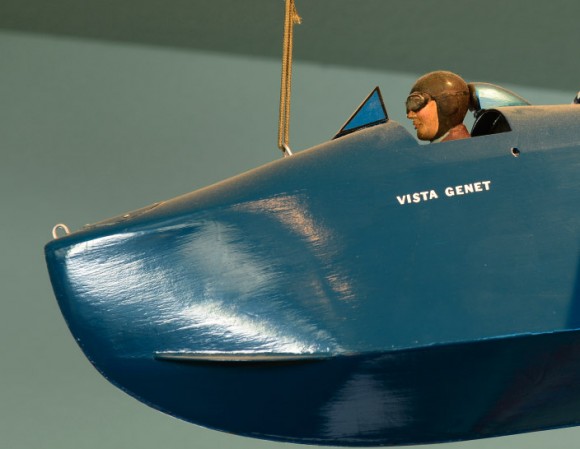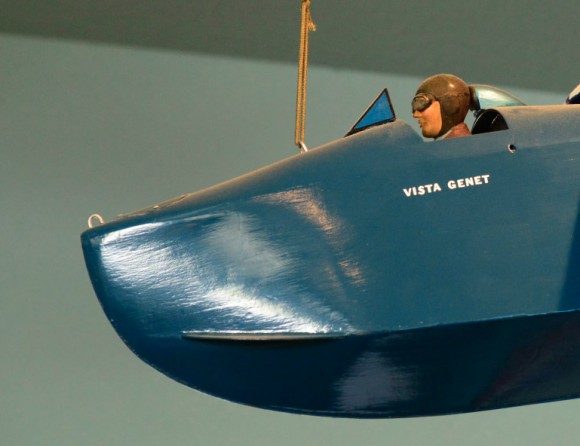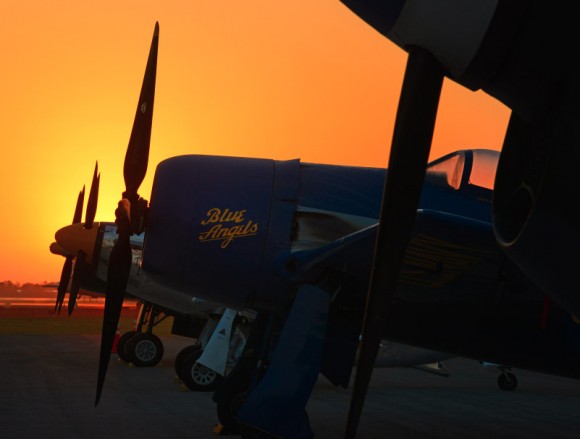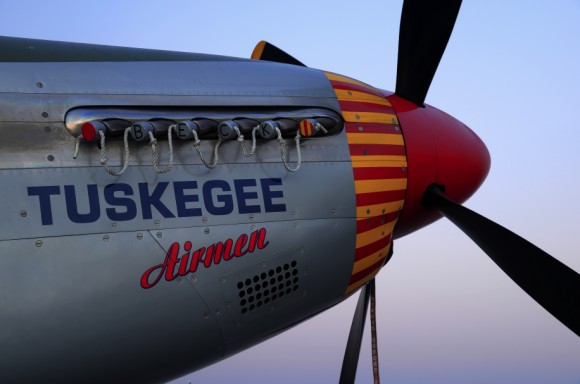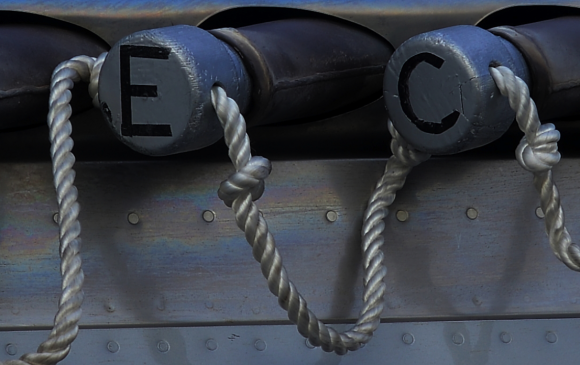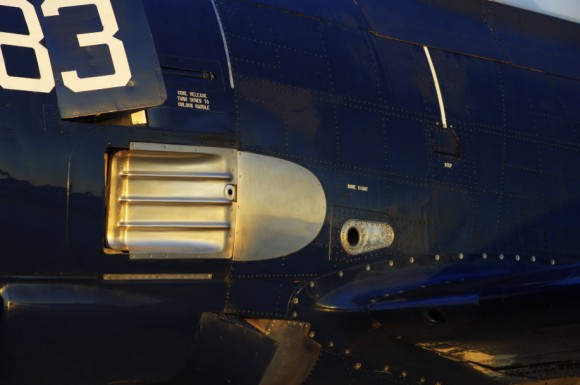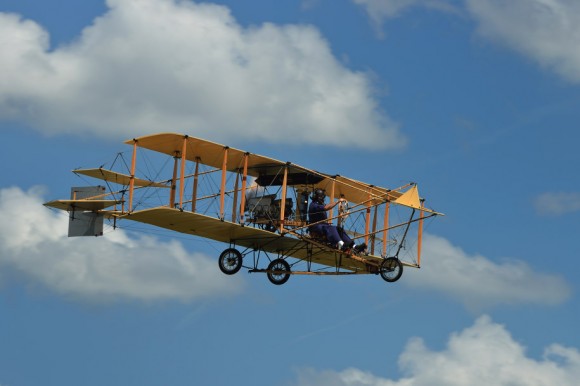Category : The Learning Center
I’ve now had my D800 for two weeks and have really worked it hard, and thus have come to some “initial” conclusions. I say initial, because over time one’s feelings about a camera can change, but usually in subtle ways. So after a good workout, what are my thoughts? Here goes;
1. The D800 is the most “complete” camera I’ve ever held in my hands, and that takes into account that I’ve worked as a photographer for over 43 years!!!! Complete? It has he most gorgeous, rich, smooth gradations I’ve ever seen, period. Images of any subject with a large range of tones, looks significantly different than with any other camera, made by anyone. The D800 is so spectacular that it makes you not want to shoot with anything else, because you know you’re going to see the difference. A good problem to have!
2. The D800 is the right size. It is very rugged and feels great in your hands, but it’s not burdensome. It is, at least for me, the perfect compromise between a sledge hammer and something that doesn’t feel substantial enough. The weight and size are very close to the D700, though it feels a little thicker in your hands, which if you have large hands, feels just right. It feels like a camera that will stand the test of time.
3. My fears about the difficulty some may have getting it’s full potential have only partially been realized. It has tremendous resolution and “does” require more care than anything else you’ve ever shot with. However, it is very possible to get outstanding results even when hand holding. My recommendation would be use a tripod whenever possible, when it is not possible crank up the ISO enough to give you a shutter speed that will assure sharpness. the old rule at National Geographic used to be that your hand held shutter speed should be twice the focal length of the lens. So if you were shooting with a 105 mm lens the closed shutter speed would be 1/125th of a second, they demanded that you go up one stop to 1/250th of second. I would suggest that the same rule apply to the D800. Each of us knows how steady we are, and how much VR helps us, but my “strong” suggestion is that with the D800 you should increase your shutter speed as much as you need to, to regain that sharpness! The reward will be breathtaking images! The big surprise has been that cranking up the ISO does not bring on disaster. For me, and this will always be an individual determination, I think it is very usable with very low noise out to 3200, and can be used at 6400 with the post application of only moderate amounts of noise reduction. The big plus is that because of the extreme amount of sharpness, even applying noise reduction and reducing the sharpness, doesn’t really change things much, you have so much sharpness that the reduction of it by even 20% leaves you with an image that is still extremely sharp!
4. O.K. not all is perfect. The image files are large. The computer will slow down in most normal operations, even saving files like jpeg fines. HDR crunching is two to three times as long. Now, I’ve been using a laptop (3.06 GHz Intel Core 2 Duo Macbook Pro with 4 GB 1067 MHz DDR3 ram), the newer Quad Core machines with 8 gig of faster ram should improve that situation some. My 27″ iMac at home has 8 gig of ram and I hope to see an improvement there. But the fact is to get the sweet files this camera produces, expect things to slow down in the pipeline! I have to admit, I am less irritated than I would otherwise be, because of how wonderful the resulting files look! If the spinning beach ball drives you crazy, it’s your call!
5. How does it perform with anything less than the best Nikon glass? Can’t say, I’ve been on the road for almost three weeks and all I have with me are my prime zooms, 16-35 and 24-120, and with both of them it has been stellar. I have shot a few images with my beloved 70-300 AFS – VR f 4.5-5.6 and fortunately the images have been razor sharp so at least that once feared, lost lens, is still very good. When I get home next week I plan to shoot sample images with every lens in my arsenal (29) and will have a better idea then. Based in my experience so far, I would tend to say that if a lens has been tack sharp for you in the past it will work well with this camera. But, that is a guess at this point. More testing to come….
6. The Intangibles: I am a gun owner and have found that I always shoot better with guns that I know are extremely accurate. At first thought that would seem dead obvious, but I suspect that at least some of the great results comes from the point that I am “expecting” great results! I believe the D800 has the same affect on me, I expect stellar performance and so I usually get it from this camera. This camera makes you work like you were shooting a 4X5 film camera, you know what it can do, and work hard to get the most out of it! One you’ve seen the images it produces, you don’t want anything less, and thankfully now you don’t have to settle for less!
7. Who is it for? First let me tell you who it is not for. If you shoot sports and need frame rate in the 8 to 11 fps range it’s not for you. If you want a camera that is the absolute example of ruggedness and you might be tempted to drive a nail with it, it’s not for you, though it is a pretty tough character. If you shoot for the web, or newspaper print or conventional magazine stock, it has more resolution than you need. If you want a bigger, heavier camera, it’s not for you, though you can add a battery pack to make it feel bigger. It is for you if; you want all the resolution and gradation possible, if you don’t mind buying some larger memory cards (32-64), and if you don’t mind adding some ram to your computer (I think 8 gigs of ram, is going to be minimum). It’s for you, if you want to make enormous prints (think feet instead of inches). It’s for you if you get a real kick out of looking at images at 100% and have your breath taken away! It’s for you if making the best possible image you can make is all you will accept! That’s why it is definitely for me!
8. The price. Nikon has made two cameras in the recent past that have prices I find hard to believe. The D7000 at around $1,195. and the D800 at $2,999. are both simply, screaming bargains!
The “last slice” of Humble Pie. I’m not going to admit to my overly aggressive reservations, ever again! I now have seen the light, the D800 is everything I hoped it would be, and more, and lot less trouble than I had feared. The 36.3 mega-pixels have a great deal more impact on my photography than I would have ever guessed! Save some new revelation, which I’m not expecting, I feel certain, I’ve found the camera that will be my constant companion for years to come, naturally, someday, the next model will come and we will see what we think then……..
the pilgrim
Cropped image from above, gotta love it!
This post has 9 comments. Click here to read them
This entry was posted on Saturday, April 7th, 2012 at 3:35 pm
You can follow any responses to this entry through the RSS 2.0 feed.
So now that all the new Nikon cameras are released and being shot, which is the one to buy? Hold your horses, good question, but poorly asked! Let’s ask this question first; What do you use a camera for?
Let me draw some broad categories of shooters;
The Full Time Sports/Photojournalism Pro: You shoot all day, everyday, under all kinds of weather, dust, and grime. You charge your batteries every night, and the camera barely cools down in time to start shooting again. You need a very high frame rate, and often shoot in miserable light, but still have to get the shot. You are rough on your gear so it has to hold up to abuse! D4, D3s, or D3, maybe in a pinch, the D700 are your cameras. If you have to do video, the D4 and D3s are your only choices, (the other two have no video). The D4 is the consummate, sports camera, plenty of resolution, but gobs of speed. If your job is tough, this camera is even tougher.
The Landscape/Nature/Wildlife/Travel/ Studio/ Wedding/ Portrait/Fine Art Photographer: If you shoot anything that requires lots and lots of detail and the ability to make enormous prints (think feet instead of inches)! The new D800 is the answer to your prayers. If you simply don’t need that kind of resolution, the D700 or D7000 will serve you well. There is one problem, once you’ve shot the D800, it will be very, very hard to go back! The detail is addicting!! The D800 is made to be used hard, maybe not quite up to the D4 standard, but plenty tough! It’s lighter and smaller and easier to carry than a D3s or D4. The D7000, even more so. If you shoot sports the speed and buffer on the D7000 will eventually disappoint you. The D800 is only marginally better in that it has a big buffer, but 4 fps is not a sports camera.
What am I going to buy? Good question. If I had to decide today, I think it would be the D800 and the D7000, I might would get a D4 if the budget permitted, but I am now addicted to 36 megapixels and I love the D7000 when weight is an issue and to stretch my lenses. More new cameras will come in the future and we will have to see what they are, and how they perform. One thing is for sure, the D7000 will make almost any image I ever need to make, but oh my goodness how sweet it is to look at those big, super rich files coming out of the D800. I don’t think I can ever go back now!!
Life is Good!
The pilgrim
This post has 2 comments. Click here to read them
This entry was posted on Tuesday, April 3rd, 2012 at 2:10 pm
You can follow any responses to this entry through the RSS 2.0 feed.
I am starting to feel like and idiot, for days now I’ve been running tests that have not turned out how I expected them to turn out! I was not sure that 36 mega pixels was going to be as impressive as it has turned out to be! I was sure sure that packing 36 million pixels on a 35mm size FX sensor was not going to work so well in the noise department. I selected an airplane hanging from the ceiling in our work area in the Nikon sponsored Sun n’ Fun Media Center, and carefully shot identical shots of the plane at ISO’s 100 – 200 – 400 – 800 – 1600 – 3200 – 6400 and 128,000. The image above is at ISO 1oo directly below are examples of a cropped section of the original files at each ISO. You may notice that I jump from ISO 100 the first shot, to ISO 800! What happened to ISO 200 & 400? No need to show them, they are identical in every way to the ISO 100 shot, yes no noise change of any consequence until 800 and even then I think the noise is only very slightly greater!
ISO 800 Crop
ISO 1600 Crop
ISO 3200 Crop
ISO 6400 Crop
The D800 goes to High 1 which is 128,000, but it was noisy enough to not bother showing it, however I think the D800 is spectacular out to 3200, and very usable at 6400. My personal stsandard for noise is any ISO that will not require noise reduction later is usable for me. Any ISO that does require noise reductions software, in the past, meant some significant sharpness would be lost in the process of processing the noise. Not true with the D800! The D800 files are so incredibly sharp to start with, a small loss of sharpness is almost not noticeable! So I have to run over to the restaurant for another slice of humble pie!
I shot some more examples this morning and the ability to blow up these files is nothing short of amazing! Enjoy!
And now another tight crop this time image one is full frame, image two is a 100% view!!!!
This post has 11 comments. Click here to read them
This entry was posted on Thursday, March 29th, 2012 at 8:26 pm
You can follow any responses to this entry through the RSS 2.0 feed.
Well it’s day two and the thrill has not worn off! If anything, it’s intensifying! My intention was to further test the High ISO noise, but that will have to wait for tonight. This morning, Scott Diussa, Bill Pekala, Francis Yeh, and I went back out to the warbirds area to shoot some more, I continued to try and learn “the” camera. I attempted this morning to compare the D4 and D800 and work further on learning how the gradation works with this camera. Above is a full frame jpeg fine image of a Mustang’s tail. Notice below how smooth gradations are (smooth transition of tones), in the severe crop directly form the image above. Also, keep in mind you’re viewing 72 dpi images of full 300 dpi full files!!!!
Another set of image and cropped area: Notice the smoothness of the metal tones in the crop! Nothing short of amazing….
Another great thing about this much resolution is the ability to crop if needed. I am a big believer in filling the frame in the camera, but some subjects simply can’t be captured without extremely long lenses, below are a couple of shots one straight out of the cameral the second cropped to show just how much detail holds, these images were made hand held by Scott Diussa, D800 with the 70-300 AFS-VR. This example is simply amazing, I can say that since I didn’t shoot it! So can you get sharp images hand holding the D800, 1/250th of a second at f 13, zoom setting at 240 mm.
Wow, Holy Cow, Holy Moly, I’m loving this camera….
Today the Lord blessed me mightily when Carl Turner came over to shoot some and hang out, what a great brother!! If that were not enough I met a young man at the Media Center which Nikon is sponsoring, name Brian Kissinger, his mission after two bouts with brain cancer is raising money for research nd spreading his great love for our Lord, a great young man and a real blessing in my day!! You can check out his ministry at http://www.brainsflight.com/
Be blessed and expect more!
the pilgrim
This post has 2 comments. Click here to read them
This entry was posted on Wednesday, March 28th, 2012 at 6:54 pm
You can follow any responses to this entry through the RSS 2.0 feed.



